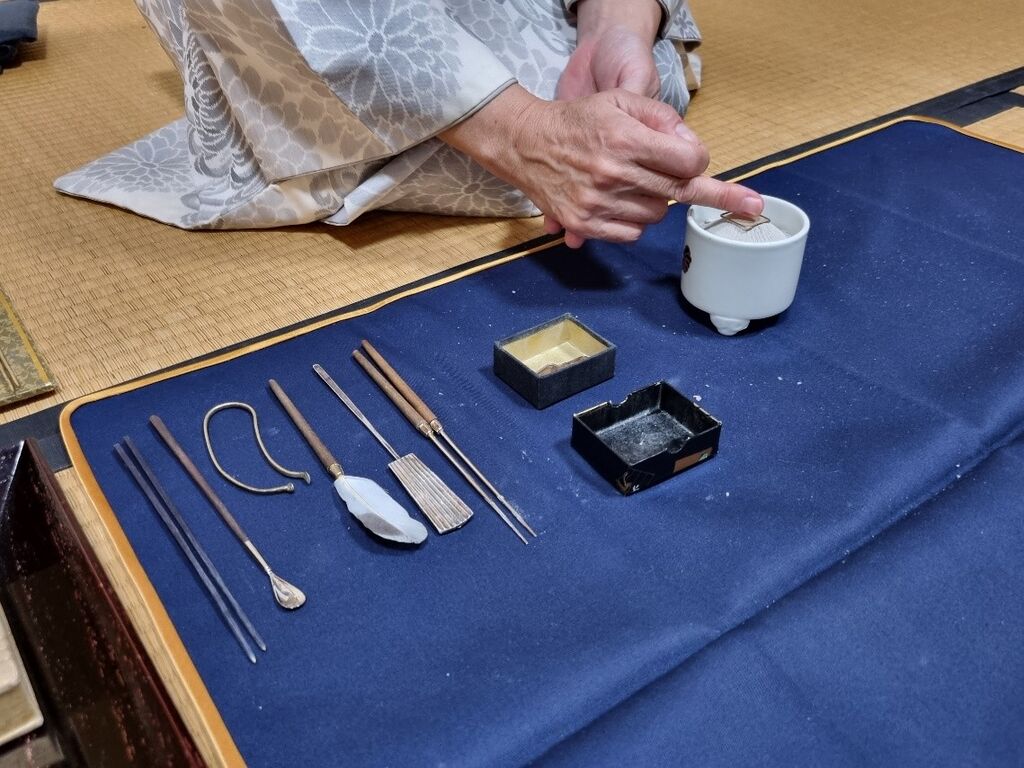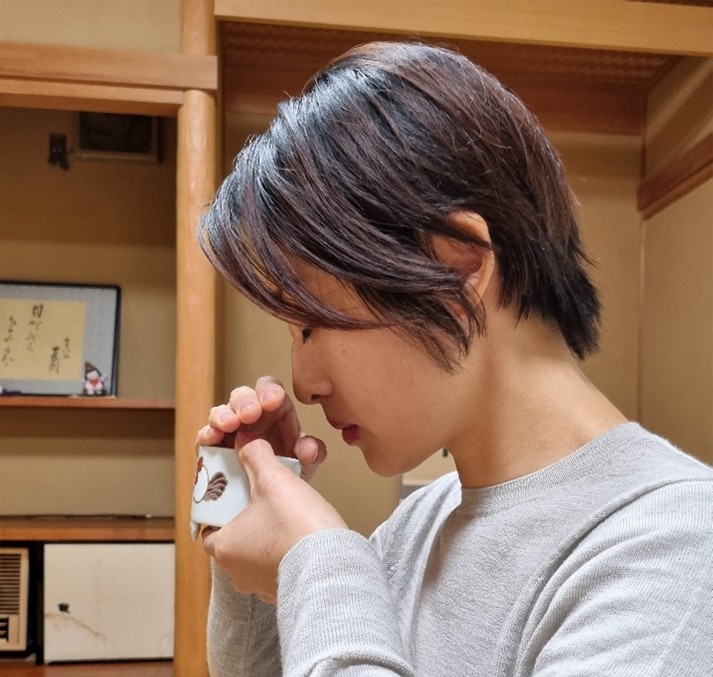
Mina Hayakawa (早川光菜) was born near Kobe, and has been practicing Kōdō since the age of 18. She established her own studio in 2002 and has since been one of the most active promotors of Kōdō in Japan’s ancient capital of Kyoto.

Step into the refined world of Kōdō – the Japanese art of fragrance, where craftsmanship and sensory precision meet. Emerging in the 6th century with the arrival of incense through Buddhism, Kōdō became a noble practice in the Heian era. It was formalized during the Muromachi period alongside tea ceremony (Sado) and flower arrangement (Kado). More than just appreciating scent, Kōdō demands dedication, skill, and deep respect for tradition. Though practiced by few today, it endures as a symbol of artisanal integrity and Japanese cultural refinement.
Book your tickets on this page.
Mina Hayakawa (早川光菜) was born near Kobe, and has been practicing Kōdō since the age of 18. She established her own studio in 2002 and has since been one of the most active promotors of Kōdō in Japan’s ancient capital of Kyoto.

Each Kōdō session with Hayakawa sensei accommodates up to 10 participants and lasts about 90 minutes. Up to 4 sessions can be held per day. Materials are included. Workshops are given in Japanese, with a native Dutch/English interpreter. No prior knowledge of incense or Japanese culture is needed.
Introduction & Kiln Preparation (ca. 30 min)
The session begins with a short explanation of the history behind the incense ceremony (10 min), followed by a demonstration of the aesthetic preparation of the kōgō (incense container). Fine ash is arranged, charcoal is embedded, and a precise ash shape is formed to gently heat aromatic wood (20 min).
Scent Introduction (15 min)
Participants are introduced to five key incense scents. Each person creates a personal scent profile—terms like ‘smoky’, ‘sweet’, or ‘warm’ are encouraged to describe the aromas, highlighting the elusive nature of scent memory.

First Game: Scent & Symbol (15 min)
Participants receive three randomly presented scents and draw one vertical line for each. Matching scents are connected with lines, creating a visual symbol. These abstract patterns correspond to elements in a landscape painting, found in a small reference booklet. After the reveal, everyone can see how close they were in identifying the scents.
Interlude (10 min)
A short break with Japanese tea and wagashi helps reset the senses.
Final Game: Genji Pattern (20 min)
This round involves five scents. Participants again connect matching lines, creating a more complex pattern. Each resulting symbol corresponds to a chapter from The Tale of Genji. The emphasis is not on winning, but on appreciating the poetic resonance of the chosen chapter title (English translation provided).
